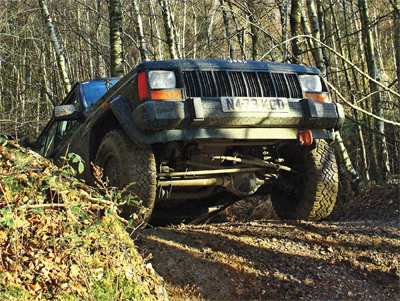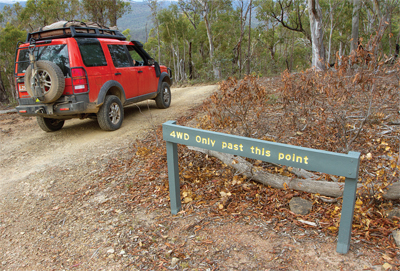 Toyota’s RAV4 celebrates 20 years in the business, as does our columnist! And even after two decades, the world of the SUV continues to surprise
Toyota’s RAV4 celebrates 20 years in the business, as does our columnist! And even after two decades, the world of the SUV continues to surprise
So, here we are, now well into 2014. I hope you all had a great Christmas and fun New Year and managed to survive the awful weather that the end of 2013 brought us. In recent years, this has been a busy time of year for 4x4s, dealing with heavy snow brought to our shores from Siberia. This time it’s been high winds and terrible floods bought by weather systems from the northwest. But, once again, 4x4s have been prominent in responding to the floods, and the emergency services, in their Land Rovers and pick-ups, have been invaluable.
We all know, however, that even a traditional 4×4 with a higher air intake than your average saloon car isn’t immune and careless people still manage to kill their vehicles by thinking they can just drive through any deep standing water because they have an ‘SUV’. Even our impressively capable vehicles can be washed away in deep water: it’s a very strong element. You, dear 4×4 readers, would not be so reckless, of course.

 Bob Cooke – contributor
Bob Cooke – contributor The sign said ‘winch vehicles only’, which is why I didn’t take the Cherokee over that particular hump, but it didn’t stop Tom Parr driving his Land Rover up the steep climb leading into that area. The sudden burst of laughter from his on-looking buddies after the car disappeared over the other side was a call I couldn’t resist, so I parked the Cherokee and walked over. Surprise, surprise, Tom’s Land Rover had planted itself so deeply into a water-filled hole that it had flooded the driver’s footwell; it took a snatch recovery from a friend’s car to pull it back out of the hole.
The sign said ‘winch vehicles only’, which is why I didn’t take the Cherokee over that particular hump, but it didn’t stop Tom Parr driving his Land Rover up the steep climb leading into that area. The sudden burst of laughter from his on-looking buddies after the car disappeared over the other side was a call I couldn’t resist, so I parked the Cherokee and walked over. Surprise, surprise, Tom’s Land Rover had planted itself so deeply into a water-filled hole that it had flooded the driver’s footwell; it took a snatch recovery from a friend’s car to pull it back out of the hole. Robert Pepper
Robert Pepper Just got back from a camping trip of about three weeks. Our trips are somewhat unplanned; we pretty much decide where to stay late each afternoon, and typically move on after one or two nights. Everything our family of four needs is carried by the D3, either inside or on the roof rack. Fully loaded, the D3 might surprise many, as it looks a lot less ‘loaded’ than many other 4x4s, yet has everything a family needs for four days of remote bush camping. There are a few tricks to the packing, and I’ll share some here.
Just got back from a camping trip of about three weeks. Our trips are somewhat unplanned; we pretty much decide where to stay late each afternoon, and typically move on after one or two nights. Everything our family of four needs is carried by the D3, either inside or on the roof rack. Fully loaded, the D3 might surprise many, as it looks a lot less ‘loaded’ than many other 4x4s, yet has everything a family needs for four days of remote bush camping. There are a few tricks to the packing, and I’ll share some here. Bob Cooke – contributor
Bob Cooke – contributor EVEN the most cautious and careful driver can have an ‘incident’ when driving off-road. It’s one of those activities that you shouldn’t do, if you are not prepared for the consequences that might involve some damaged metal (or plastic), since it’s not always just your pride that gets dented.
EVEN the most cautious and careful driver can have an ‘incident’ when driving off-road. It’s one of those activities that you shouldn’t do, if you are not prepared for the consequences that might involve some damaged metal (or plastic), since it’s not always just your pride that gets dented.